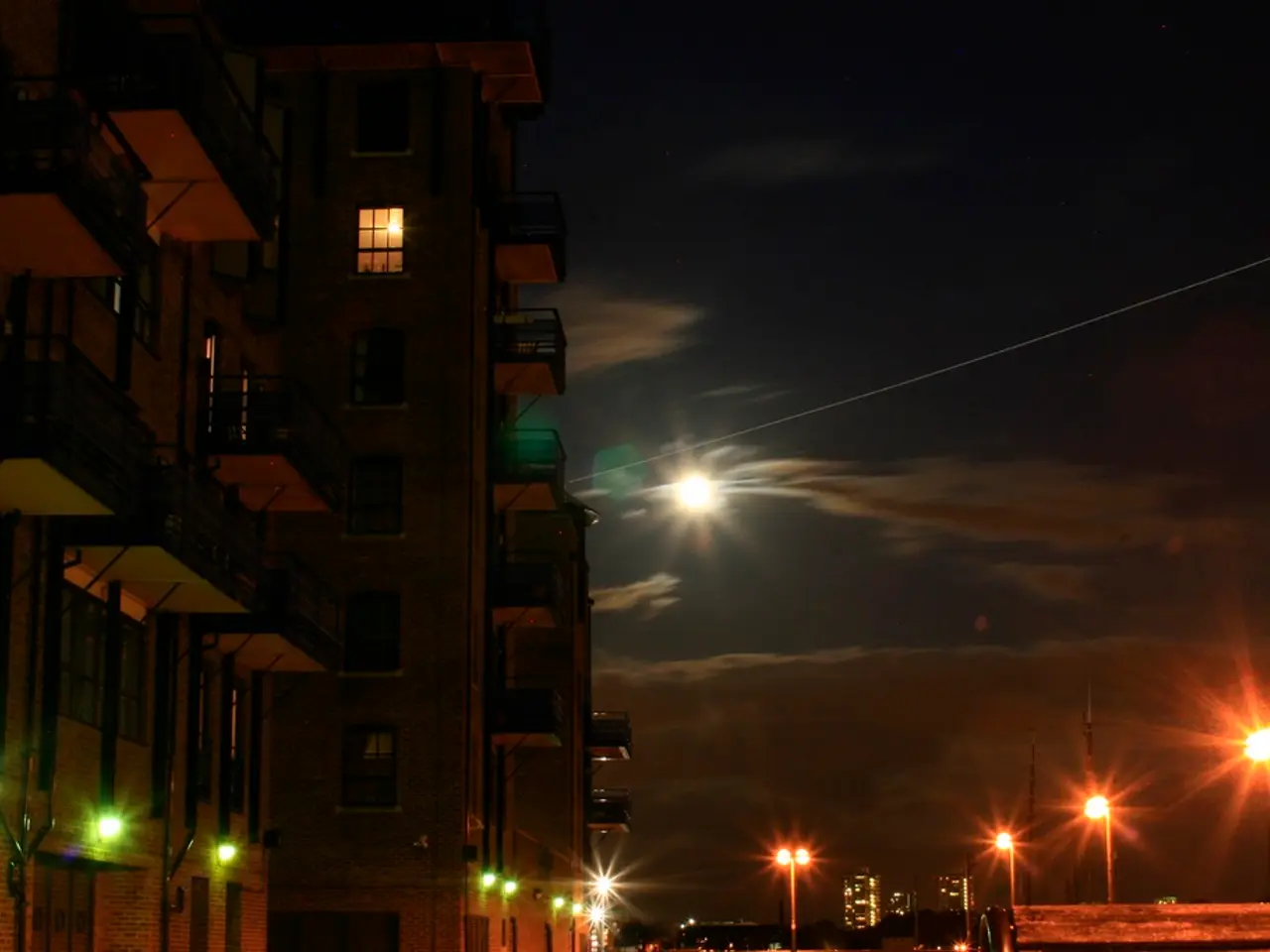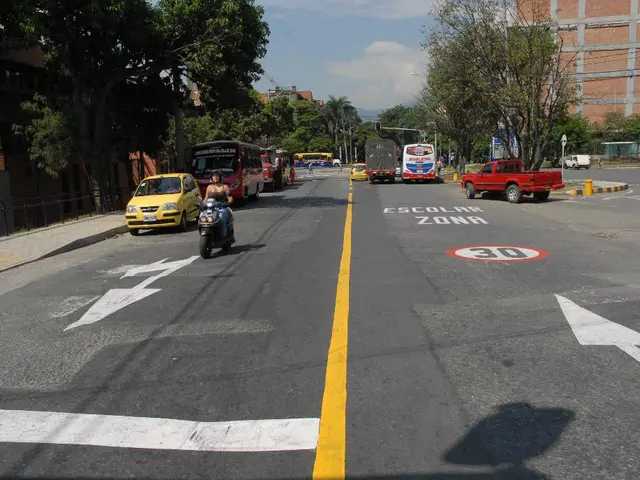Unbearable Nights Plague City Residents During Heatwave
Heatwave Hits Southwest Germany: Cities Brace for Severe Heat Stress
A severe heatwave is currently affecting several major cities in Southwest Germany, including Mannheim, Freiburg, Karlsruhe, and Stuttgart. The German Weather Service (DWD) has issued a warning for severe heat stress up to an elevation of 800 meters, affecting regions such as Breisgau, Lake Constance, Allgäu, the Rhine Rift from Karlsruhe to Mannheim, the Rhine-Neckar region, and the Stuttgart area.
Urban areas in these cities, which are densely built-up and cool less at night during heatwaves, are particularly vulnerable. The heatwave is expected to intensify nighttime heat stress due to the urban heat island effect. Streets and buildings in these cities heat up significantly during the day, and areas with less greenery take longer to cool down at night.
To combat this, recommended measures focus on reducing urban heat island effects and enhancing cooling. These strategies include increasing urban green spaces like parks, street trees, and green roofs to provide shade and evaporative cooling. Implementing reflective and permeable building materials, such as cool roofs and light-colored pavements, can also reduce heat absorption during the day.
Promoting natural ventilation by designing urban layouts and buildings to facilitate airflow and reduce heat retention at night is another crucial step. Establishing heat action plans that include cooling centers, public awareness campaigns, and support for vulnerable populations during extreme heat events is essential. Enhancing water features such as fountains and ponds to aid local cooling through evaporation is another useful strategy.
The DWD anticipates temperatures to rise even further on Wednesday and Thursday, potentially reaching up to 38°C. Towards the weekend, the DWD expects temperatures to be slightly cooler, around 30°C. However, despite the cold front, temperatures will still remain warm afterwards.
Elderly and vulnerable people are at a higher risk due to the heatwave. City dwellers, specifically in the mentioned cities, should prepare for the impact of the heatwave. On Tuesday, Stuttgart is predicted to reach 34°C, and along the Rhine, temperatures could reach up to 36°C.
Though existing research highlights the critical nature of adaptation plans like the Burscheid Heat Action Plan in Germany, a similar tailored approach is advised for other urban centers to reduce heat-related health risks effectively. A weak cold front could reach the southwest on Friday, bringing isolated showers and thunderstorms, but it is uncertain whether this will significantly alleviate the heatwave's impact.
The DWD meteorologist has stated that the heat will affect these cities heavily due to their urban structure. The heatwave is expected to be particularly strong in the coming days in the major cities of the Southwest, and city dwellers are urged to take necessary precautions to stay safe and cool.
Read also:
- Court petitions to reverse established decision on same-sex marriage legalization
- Heavy rain causes flash floods in Hyderabad, resulting in severe waterlogging and disruptions to city life during a heavy downpour.
- Unpleasant nights plague city dwellers due to intense heatwave conditions
- Water shortage persists on Big Island








